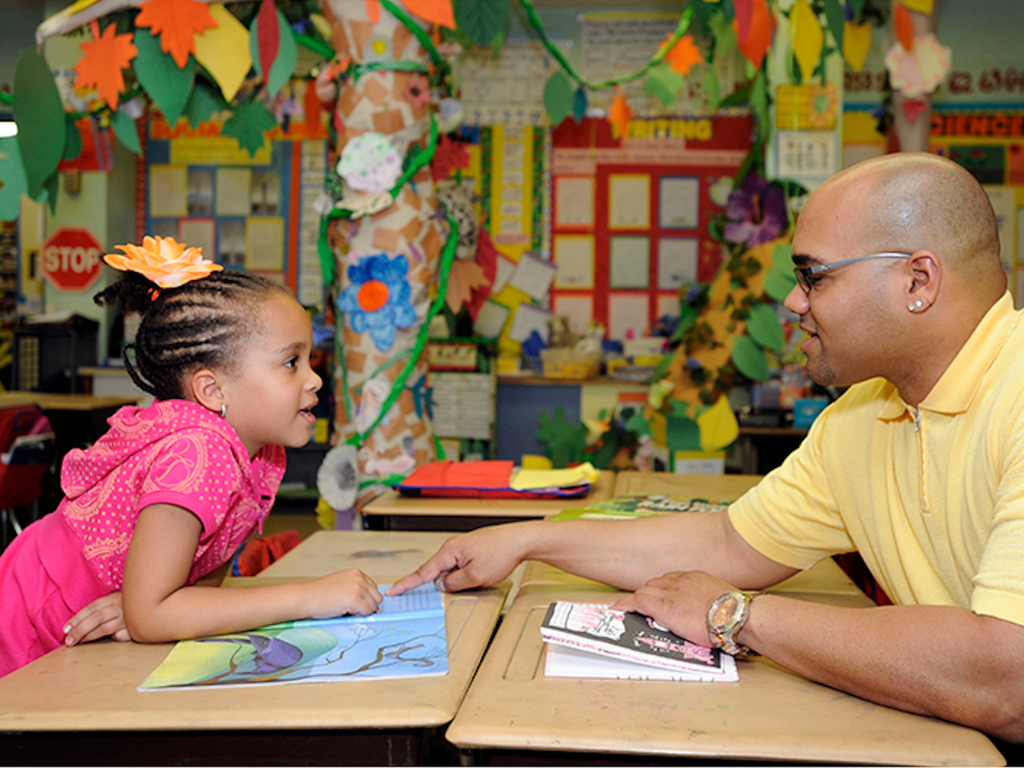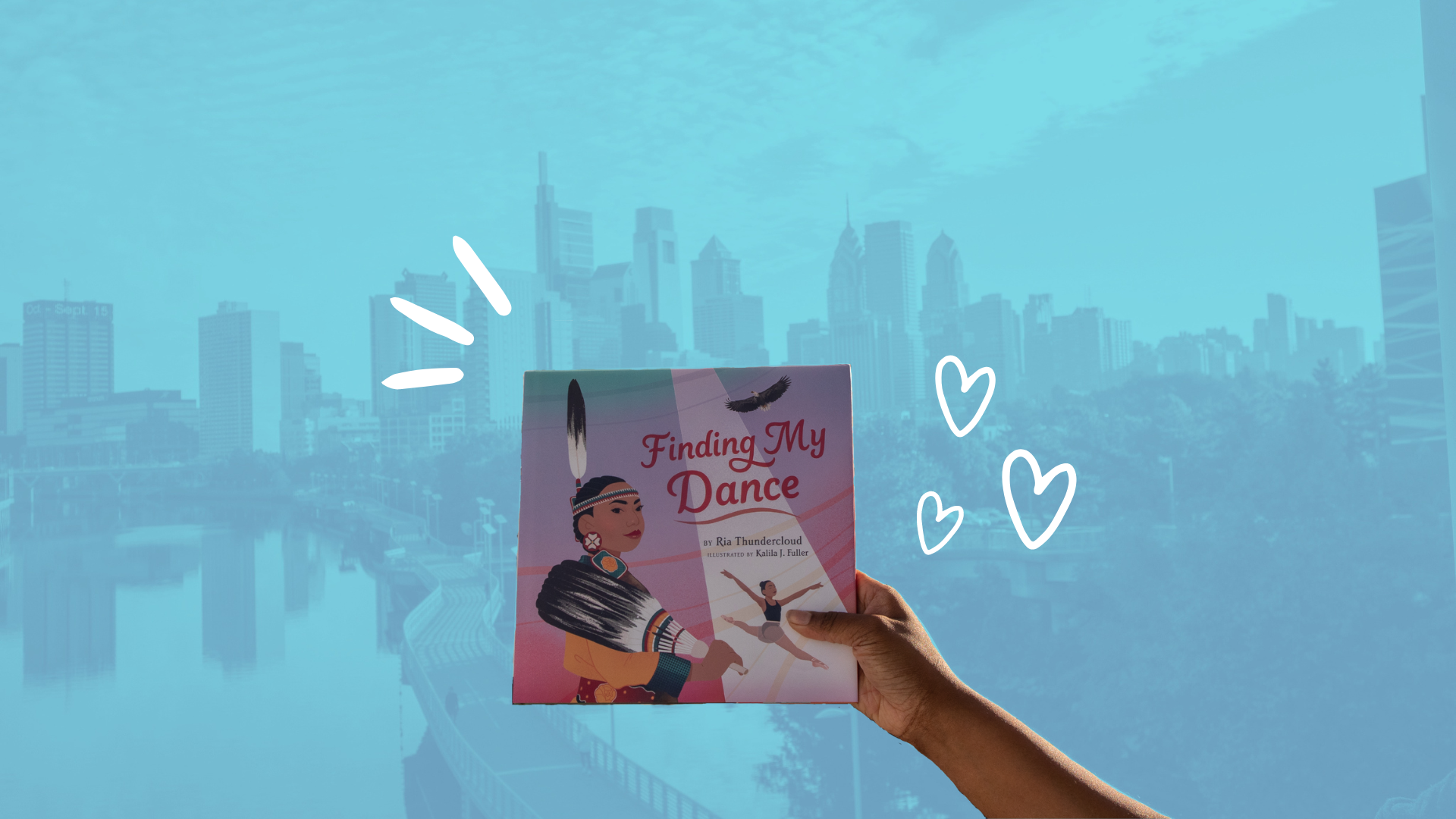Chelsea Clinton in Philadelphia to highlight project tying learning to everyday places (Chalkbeat Philadelphia)
Temple University psychology professor Kathy Hirsh-Pasek one day was pondering the fact that only 20% of children’s waking hours are spent in school.
Then she spied a bench.
“Does a bench have to just be a bench?” she asked herself. “Is it just for sitting, or can we do other things with benches?”
She called an architect friend. “We could make a bench into a scale,” she said. “Kids could be doing measurements using the bench.” Benches could add movable parts that create puzzles to promote math skills. A map in front of a bench for students could orient them to their surroundings.
She thought further. Why can’t a bus stop be a place of learning? What about a grocery store? “We could turn the entire city into learning opportunities,” she thought.
And so the playful learning movement was born. It seeks to make public settings – buses, laundromats, public parks, grocery stores, and waiting rooms in health centers and doctors’ offices — places of active learning by including displays that catalyze conversations and activities with children into literacy and knowledge.
This article was originally published on chalkbeat.org on October 27, 2022. Written by: Dale Mezzacappa.
Discover new music that makes learning fun, all while building essential early literacy skills.
Teaching word reading with high-dosage synthetic phonics tutoring
Research, classroom strategies, workshops, and more to support you as you teach the next generation of readers.
In just one week, over 130 volunteers helped us pack 11,000 literacy kits and 16,000 children’s books!
Remember, every parent has the ability to teach their child to read.
Explore this list of ideas and resources to support young readers in Philadelphia.
We came together to commune, reflect, and celebrate another year of partnership-driven impact.
Read by 4th is working to support the highest quality teacher preparation in literacy instruction - so that all children learn to read.
Every child in Philadelphia deserves to have a school librarian.
We’ve gathered some data about Philly’s early literacy crisis and those fighting it.
A place to play is a place to learn.
And is a Neighborhood Literacy Fund awardee.
In addition to celebrating, make a point to better understand the early literacy crisis and how to get involved.
You can help our children learn, think about, and use new words.
Understanding how we measure performance is key to supporting young readers.
In SY22-23, CUNY Reading Corps will train 800 tutors to reach more than 2,700 early readers in NYC Department of Education schools.
Talking with our children helps boost brains. This acronym can help you find the right words.
The Book Wish program is helping distribute 75,000 culturally-relevant books across Philadelphia
How were our children hurt by the pandemic and what steps must be taken to start to heal?
Books in languages that reflect our community and the world.
These groups can help you find free books for Philly families.
Make sure you graduate ready to teach all children how to read.
































